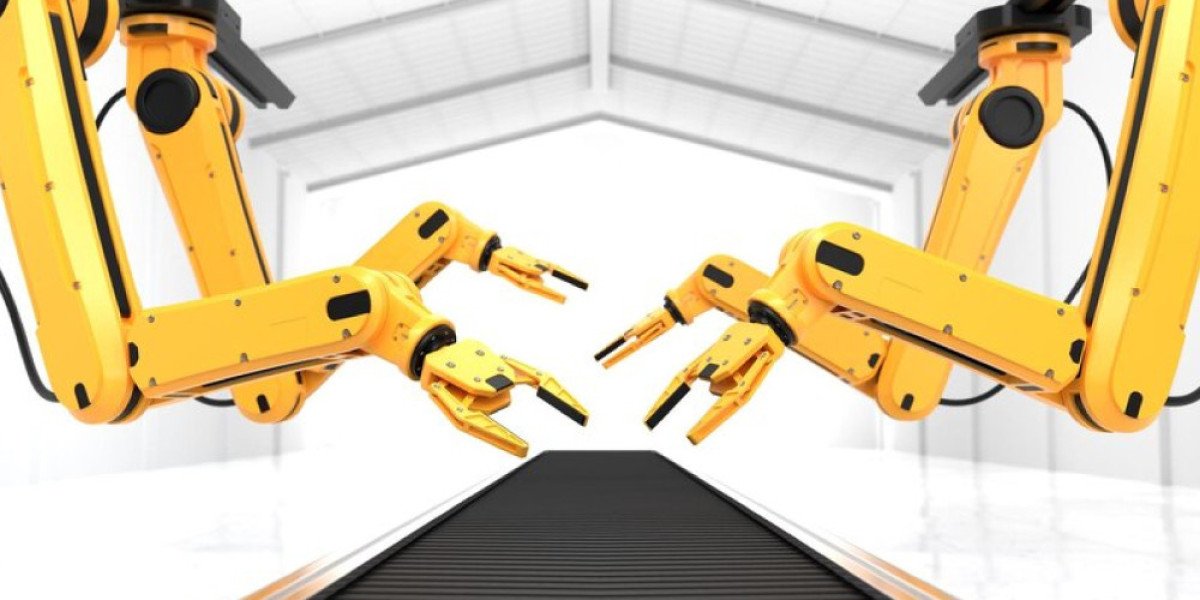Gas separation technology is integral to the operation of air separation plants, enabling the efficient extraction of gases from the air. Various techniques, including cryogenic separation and membrane separation, are employed to achieve this goal. As industries demand higher purity levels and more efficient processes, advancements in gas separation technologies are becoming increasingly important. The ongoing research and development in this field are paving the way for innovative solutions that enhance the performance and sustainability of gas separation systems.
The Air Separation Plants Market focuses on the production of industrial gases such as oxygen, nitrogen, and argon from atmospheric air. These gases have widespread applications in industries including steel manufacturing, chemicals, healthcare, electronics, and food processing. Air separation plants utilize processes such as cryogenic distillation, adsorption, and membrane technology to extract and purify gases. Increasing industrial production, growing demand for high-purity gases, and rapid technological advancements are propelling market growth. Additionally, the rising adoption of energy-efficient processes and the push toward reducing carbon emissions are influencing the design and operation of modern air separation plants.
Market Drivers
The key drivers of the air separation plants market include industrial growth, rising demand for oxygen and nitrogen, and advancements in process technologies. In the steel industry, oxygen is a critical component in blast furnace operations, while nitrogen is extensively used for inerting and blanketing in chemical processes. Healthcare applications, such as oxygen supply for hospitals, have also increased demand. Moreover, environmental regulations promoting clean energy and emissions reduction are encouraging industries to invest in efficient air separation plants. The growth of downstream industries, including electronics, metal fabrication, and food packaging, further fuels the demand for high-quality industrial gases.
Technological Innovations
Technology plays a pivotal role in the air separation plants market. Cryogenic distillation remains the most widely used method, offering high purity and large-scale production capabilities. Meanwhile, pressure swing adsorption (PSA) and membrane-based systems provide flexibility, lower energy consumption, and smaller footprints, making them suitable for medium- and small-scale applications. Advanced monitoring systems, automation, and integration with renewable energy sources are increasingly being adopted to optimize efficiency and reduce operational costs. Additionally, innovations in modular plant design are enabling faster deployment, easier scalability, and reduced capital investment, which are critical factors in expanding market applications globally.
Segmentation and Applications
The market is segmented based on technology, gas type, and end-user industry. Cryogenic technology dominates due to its efficiency in producing large volumes of high-purity gases. Oxygen, nitrogen, and argon are the primary gases produced, each serving diverse applications in steelmaking, chemical processing, food preservation, and electronics. End-users include steel manufacturers, chemical plants, healthcare facilities, and oil and gas industries. Geographically, Asia Pacific is a leading market due to rapid industrialization, infrastructure expansion, and the growth of automotive and electronics manufacturing sectors. North America and Europe maintain steady growth, driven by technological adoption and regulatory compliance.
Challenges in Market Expansion
The air separation plants market faces certain challenges. High capital expenditure and energy-intensive operations can limit adoption, particularly in developing regions. Fluctuating energy costs, stringent safety standards, and complex installation requirements also pose challenges. Additionally, skilled workforce requirements for plant operation and maintenance are a concern for manufacturers seeking global expansion. Variability in regulatory standards for industrial gases across regions necessitates careful planning and customization, which can increase operational complexity and costs.
Future Outlook
The future of the air separation plants market is optimistic, driven by industrial expansion, healthcare demand, and technological innovation. The trend toward energy-efficient and environmentally friendly processes will continue to shape plant design and operation. Modular and small-scale plants are likely to see increased adoption in emerging economies and remote locations. Furthermore, integration with renewable energy sources and digital automation will enhance process efficiency and reduce operational costs. As industries continue to prioritize sustainability, energy conservation, and high-purity gas production, the air separation plants market is poised for long-term growth and expansion globally.
More Related Reports:



